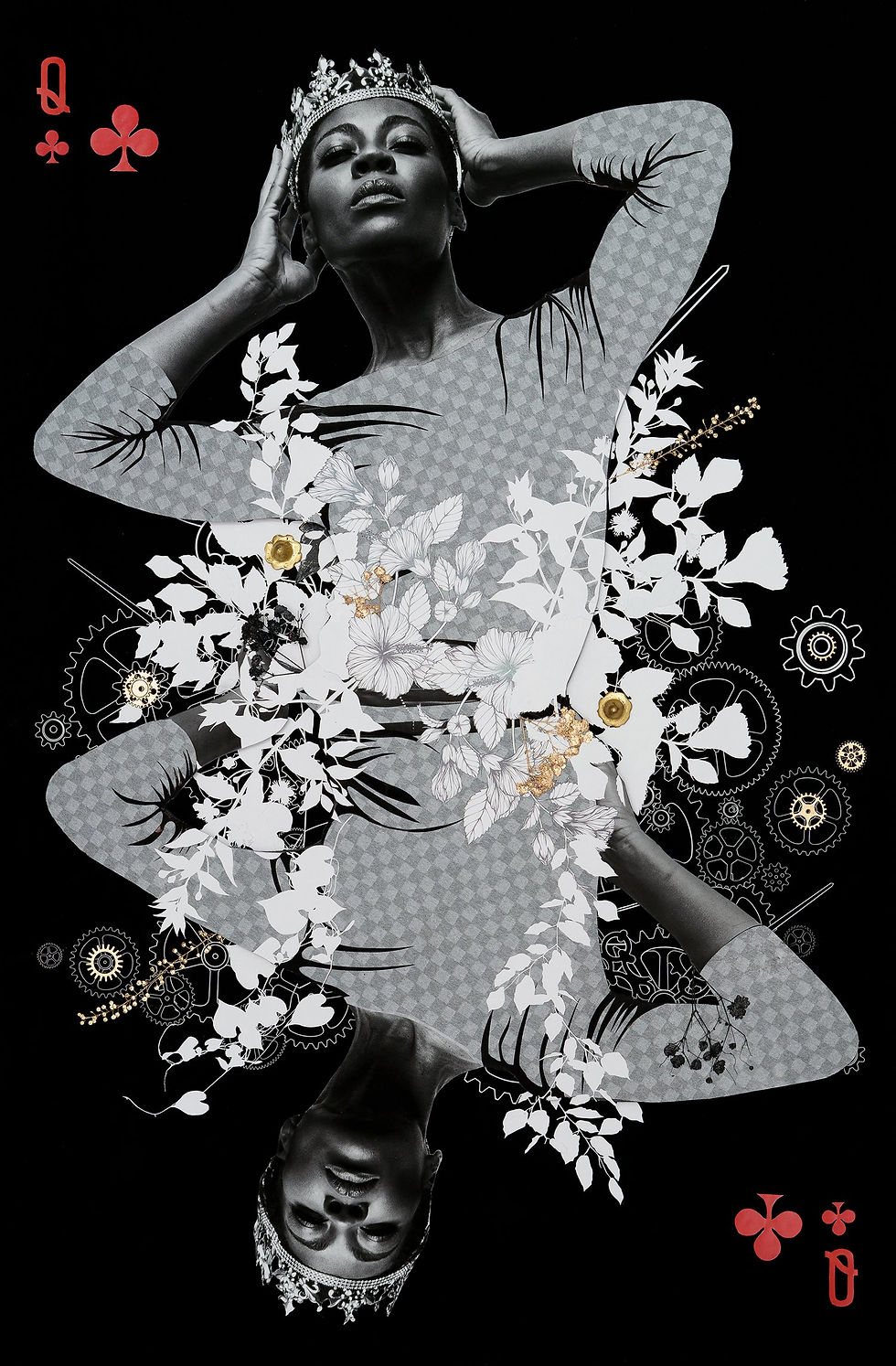A continuous line in many forms: Ruth Asawa
- Anthony Roberts

- May 15, 2022
- 4 min read

Ruth Asawa (b. 1926) was an artist, mother and arts education advocate. She is best known for her handmade, abstract sculptures made of a continuous piece of wire, inspired by Bauhaus design principles and Mexican basket-weaving techniques.
Asawa’s early years were marked by hardship. She grew up on a farm in California during the great depression, spent her teenage years living in internment camps during WWII, and was denied a college degree due to xenophobic sentiment. Despite this, Asawa became a force in the world, making beautiful art, raising her six children and gifting art education to thousands more in the San Francisco community. In recent years, her legacy has been increasingly recognized and valued, evident by her 2020 US postal stamp feature and auction prices which have topped $5M. Asawa’s work is on display at this year’s Venice Biennale in the Arsenale pavilion.
“Artists don’t give up. They keep trying, experimenting, creating, until they get where they are going.”

Asawa was born in Norwalk, California, the daughter of Umakichi and Haru Asawa, Japanese American immigrants. The Asawas leased a farm in what is now greater Los Angeles at a time when farming was a family affair. Asawa and her seven siblings both worked on the farm and went to school. Her childhood instilled a strong work ethic and connection with nature. In the aftermath of the attack on Pearl Harbor in 1941, 120,000 Japanese Americans were forcibly removed from their properties and detained in camps throughout the United States. Asawa and her family were among them. Her father was separated from the family, leaving Ruth, her mother and siblings to live between camps in California and Arkansas. Despite the terrible circumstances, Ruth found a silver lining. With reduced farming duties, she had more time to pursue one of her childhood passions: drawing. During her California detainment, Asawa met and took drawing lessons from three artists who’d worked as animators for Disney, contributing to the films Snow White and Pinocchio. Encouraged by her lessons, Asawa decided to pursue a career as an arts teacher. She managed to secure an early release from the camp and a scholarship from Quakers to attend Milwaukee State Teacher’s College. Unfortunately, due to persistent anti-Japanese sentiment at the time, she was unable to land a teaching practicum, a requisite for graduation.

At the invitation of two Milwaukee college friends, Asawa attended a summer program at Black Mountain College, a progressive, experimental, interdisciplinary school near Asheville, NC. This would be one of the most impactful experiences of her life. At Black Mountain College, hierarchies between students and teachers were loose, racial and gender boundaries were relaxed, and students were encouraged to take inspiration from the beautiful natural world surrounding them. The art department was led by Josef Albers, a German ex-pat who fled the Nazis with his wife, Anni, after the Bauhaus school was banned. As a practitioner of Bauhaus principles, Albers instilled in Asawa an appreciation of simple form and a process-driven approach that valued repetition and handiwork. This aesthetic philosophy and discipline would form the foundation of her practice. On a trip to Mexico during her second year at Black Mountain, Asawa witnessed local villagers constructing baskets using a wire-looping, crochet technique. She began experimenting with the technique, enclosing the basket shapes, connecting them together, and infusing interior, womb-like structures. At Black Mountain College, Asawa also found her life partner, fellow architecture student Albert Lanier. The couple moved to San Francisco in 1949 where they lived the rest of their lives.


Ruth Asawa working surrounded by her children
Settled in San Francisco, Asawa became a mother and set out to balance her art career with motherhood. She exhibited in group shows in San Francisco and was represented by the Peridot Gallery in New York from 1954 to 1960. In 1955, her solo exhibition with Peridot was positively reviewed but was coded with condescending language that diminished her commitment to her craft, such as “housewife”. She didn’t fit neatly within the dominant art movements of the time, and after six years of representation in New York, Asawa decided to focus her energy locally, making art, raising her family and advocating for arts education in San Francisco’s public schools.

Asawa’s abstract sculptures were created through a labor-intensive process of shaping a continuous piece of metal wire into curvy figures that resemble gourds and voluptuous female figures. Her works often feature connected, interdependent outer and inner shapes. The completed works, when suspended and properly lit, create a visual experience that evokes the organic, the sensual and the spiritual.

For most of her adult life, Asawa worked to promote arts education in schools based on a belief that the act of creating art was a powerful form of individual expression that fostered agency and confidence in children. She lobbied for funding for arts programs, served on the California Arts Council and helped to found San Francisco’s first public arts high school, the San Francisco School of Arts, now renamed in her honor. Asawa passed away in 2013 after a long battle with lupus.
Watch a Tribute to Ruth Asawa:
References:



Comments